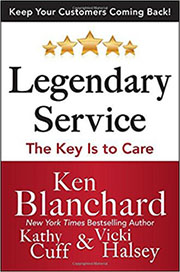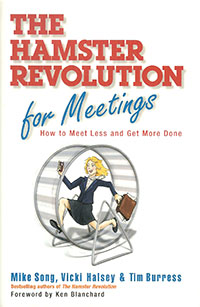“Do yooouuuuu understand the wooorrrdddsss that are coming out of my mouth?”
If you want to be successful, you have to know how to communicate well. There’s more to communication than just being able to speak or write clearly. If you really want to “make a statement”, ask yourself the following questions:
How often are you communicating? – Do you provide regular updates, even when there’s nothing really to report? For example, you might find yourself in a situation where a problem needs to be solved, but the solution isn’t immediately available. Letting the stakeholder(s) know on a daily to bi-daily basis that there’s nothing new to report, but that you’re still working on it, shows them that you’re fully present in getting a resolution. Providing regular updates is also one of the keys to providing great customer service!
 Phone, email, or carrier pigeon? – Face-to-face discussions aside, everyone has a preference when it comes to their choice of communication outlets. Personally, I prefer emailing to phone calls because I can both communicate as well as document my conversations automatically. Others prefer speaking over the phone because it’s more personal and it’s easier to explain something that might be complex.
Phone, email, or carrier pigeon? – Face-to-face discussions aside, everyone has a preference when it comes to their choice of communication outlets. Personally, I prefer emailing to phone calls because I can both communicate as well as document my conversations automatically. Others prefer speaking over the phone because it’s more personal and it’s easier to explain something that might be complex.
Both phone and email have their places, but when starting a communication string or discussion with an individual, start by mirroring their preference. If you’re sent an email, respond with an email. If you’re left with a voicemail, call the individual.
If you do see the need to switch forms of communication, whether it is too much of a conversation for email, or perhaps a need to send something electronically, make the suggestion to switch from phone to email or vice versa before actually doing so.
 Is it clear, or are you putting words in your own mouth? – This one tends to be more of a problem over email than phone calls, but is what you’re communicating clear, or is there room for interpretation? It’s always a good idea to proof what you’re emailing before it’s sent. Read what you’ve typed to see if it still makes sense.
Is it clear, or are you putting words in your own mouth? – This one tends to be more of a problem over email than phone calls, but is what you’re communicating clear, or is there room for interpretation? It’s always a good idea to proof what you’re emailing before it’s sent. Read what you’ve typed to see if it still makes sense.
For both phone calls and emails, you should also restate what you’re communicating in a different way by using statements such as “In other words…” or “Another way to put this is…”. This can help set clear expectations and avoid confusion.
Is it to the point? – There comes a time when what you’re trying to communicate can be lost among words. State what’s most important first, and be as concise as possible.
What suggestions do you have for clear communications? Leave your comments!
Filed under: Challenges, Customer Service, Expectations, Feedback, Listening
Read more http://whyleadnow.com/2014/02/14/say-what-4-recommendations-for-effective-communications/






